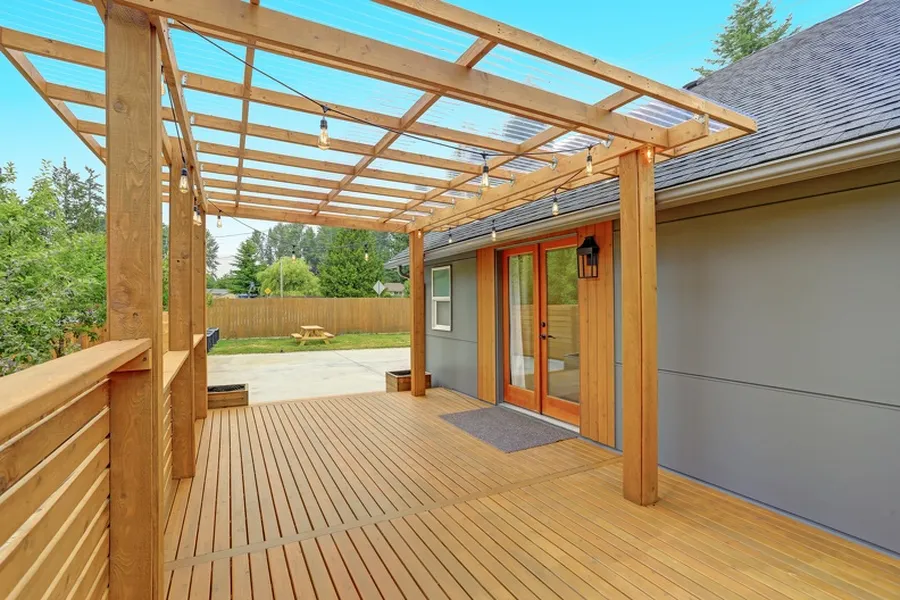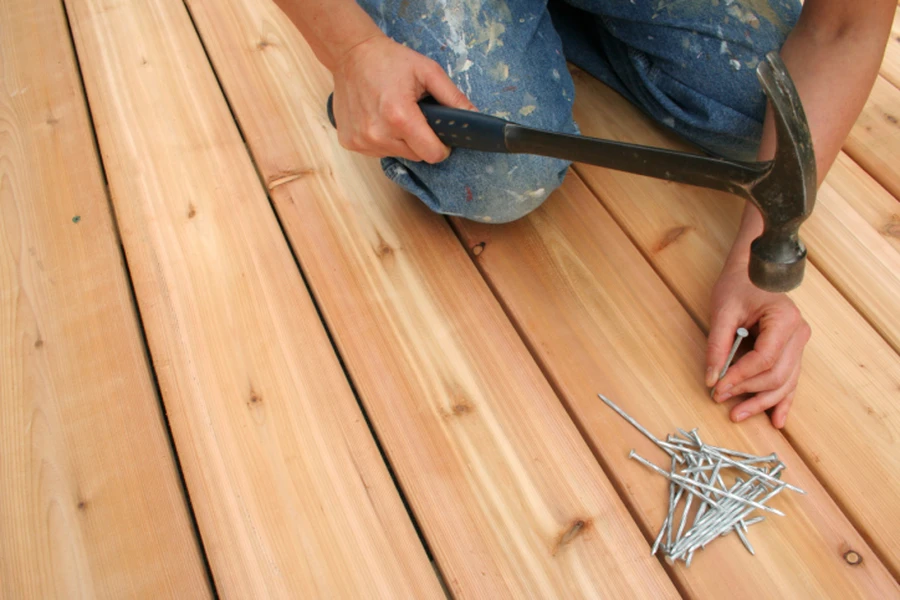Ensuring Your Deck Can Support the Weight of Furniture and People
When planning an outdoor deck, it’s crucial to understand the concept of load capacity. This term refers to how much weight your deck can safely support without risking structural failure. Knowing this ensures your deck remains safe and functional over time. Whether you’re hosting gatherings or simply relaxing, your deck must be sturdy enough to handle daily wear and tear. In this article, we’ll explore important considerations related to deck load capacity, including factors influencing it and tips for maintaining a robust structure.

Key Factors Affecting Load Capacity
Several elements influence a deck’s load capacity. The primary considerations include the type of materials used, the design of the deck, and the quality of construction work. Using durable materials like pressure-treated wood or composite decking can enhance strength. Additionally, professional deck construction often incorporates strategic design aspects like beam spacing and joist size, which are critical in supporting weight. These elements should align with local building codes to ensure safety and compliance.
The Importance of Professional Help
Professional deck construction offers numerous benefits. Experts understand the intricacies involved in building a structurally sound deck. They use precise calculations to determine load capacity based on expected usage. By hiring professionals, you reduce the risk of errors that could lead to costly repairs or safety hazards. Furthermore, experts have access to high-quality materials and tools essential for creating a reliable outdoor space.

Common Problems From Overloading
A common issue with decks is overloading, which occurs when more weight is placed on the deck than it can handle. This situation often leads to sagging floors or even collapse. Signs of overloading include creaking sounds, visible bending of beams, and loose fasteners. To avoid these problems, homeowners must be aware of their deck’s limits and adhere to guidelines regarding maximum occupancy and furniture placement.
Steps to Enhance Durability
You can take several measures to improve your deck’s durability and load capacity:
- Regularly inspect the deck for signs of damage or wear.
- Use high-quality sealants to protect against moisture.
- Reinforce weak areas with additional supports.
- Limit heavy items on the deck surface.
- Consult with professionals for maintenance advice.
Best Practices for Safety
Following best practices ensures your deck remains safe and functional for years. First, always follow manufacturer recommendations for material use. Secondly, keep the deck clean and clear of debris, as buildup can add unnecessary weight. Lastly, consider seasonal inspections by a qualified professional who can identify potential issues before they escalate.
Understanding Building Codes
Building codes play a vital role in ensuring deck safety. These regulations specify minimum requirements for construction practices, including load capacity standards. It’s essential to consult local codes during planning and construction phases to avoid legal issues and ensure your structure’s stability. Complying with these standards will help prolong the life of your deck while keeping occupants safe.
Cost Implications of Quality Construction
The cost of a well-built deck depends on various factors such as material choice and labor fees. While initial expenses might seem high, investing in quality construction pays off over time due to increased durability and reduced repair needs. A sturdy structure also adds value to your property, making it a wise financial decision in the long run.
Your Path to a Reliable Deck
An understanding of load capacity is crucial when designing an outdoor space that meets your needs. Remember to prioritize quality materials and professional expertise throughout the project. For assistance in building a dependable deck, contact ENG Construction LLC at (425) 563-8649. We operate in Des Moines, WA and specialize in constructing structures that stand the test of time.
